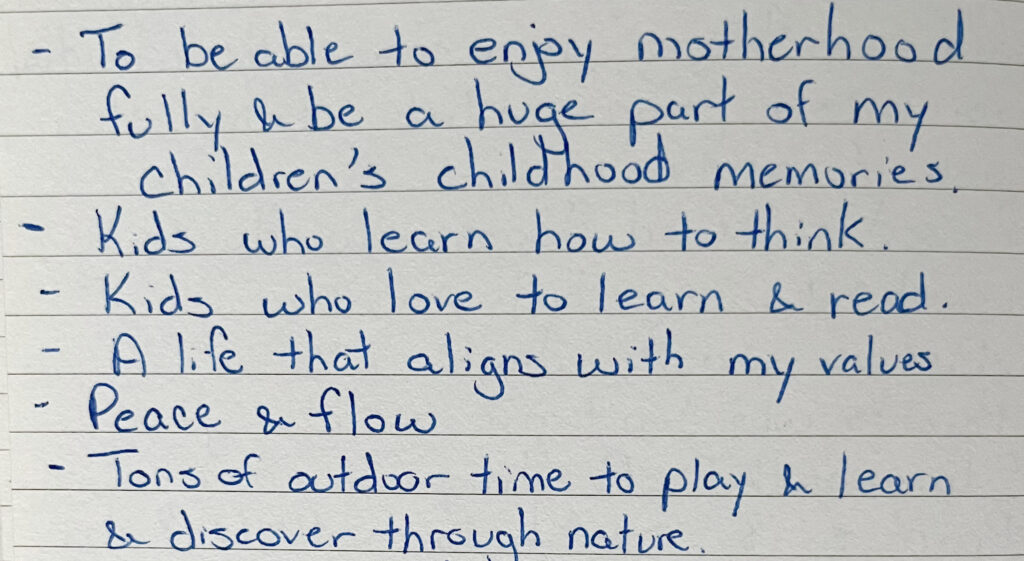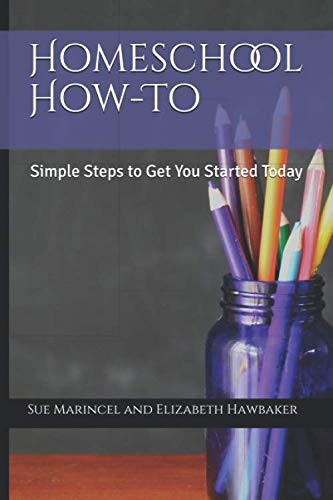I remember going from curiosity to overwhelm the first time I started researching homeschool. Frustrated with the public school system, I went on Google and typed in “how to homeschool”. Three hours later, I’m knee deep in terminology I’ve never heard of in my life, I’ve clicked on dozens of links for every kind of homeschool curriculum imaginable, and I’ve learned just about everything there is to know about homeschooling except how to get started. It was daunting.
I don’t want it to be daunting for you. Below I have listed 6 steps you can take today if you are considering homeschooling your child.
Look up your state’s homeschool laws.
Not all states are created equal when it comes to homeschooling. Kentucky is considered a low regulation state, allowing parents a lot of flexibility and choice in how they educate their children. Check out Kentucky’s requirements here. There are no curriculum mandates and no state assessment requirements like there are in other states. But there are instructional time requirements, records that have to be maintained, and a letter of intention that has to be filed with the board of education each year. The Homeschool Legal Defense Association (HSLDA) website is a great place to find out the homeschool laws for each state. If you do decide to homeschool, I highly recommend becoming a member.

Do an audit your family’s resources–financial, mental, emotional and social.
Homeschooling is a big decision that has the power to change your child’s educational experience for the better in unimaginable ways, and it helps to be prepared. The following questions helped Ryan and I when we were considering homeschool.
- Are we in the financial position to live on one income? If not, are there work opportunities I could pursue that would allow me to work AND homeschool our kids well? Are there expenses we can cut? How can we make room in our budget for extra groceries?
How do we plan to pay for therapies (i.e. occupational, physical, speech) if we decide not to continue going through the school system? - What is our budget for curriculum and educational materials? If we decide to use free resources, are those a good fit for our child?

- What are my educational strengths and weaknesses? Am I able to teach the content myself or will I need outside help (family, friends, volunteers), or tutoring?
- If I am not naturally patient and consistent, how can I develop those skills so I can push through during the hard days? What are my emotional strengths and weaknesses?
- What is my emotional bandwidth? What do I need to put into place to make sure I don’t get burnt out?
- Do I have health issues that would interfere with homeschooling? How would these issues interfere? Is there anything I can start doing now to improve my health?
- What do we need to do as a family to create opportunities to socialize? Do I know any other homeschool parents in the area? Are there any co-ops or social groups in my town? (Facebook is a great place to start.)
Make a list of your whys.
I refer back to my ‘why’ list at least once a month, especially when I’m in the trenches. When it’s the dead of winter and everyone has been couped up for weeks, it’s natural to think that you’ve made a huge mistake. Your list doesn’t need to be elaborate, noble, or Instagram worthy. It just needs to be meaningful to you. Start with 3. If you have more whys than that, add them. You can also change them as you go on.

Get your child’s input.
Not all parents will agree with me on this one, but since we went from several years in public school to homeschool, we wanted to include the kids on decisions. We were candid about the pros–later wake-up time, individualized education, lots of outdoor learning, more play, safety, flexibility, no state testing, etc… as well as the cons–missing friends and favorite teachers, grieving old traditions, feeling out of the loop, having to find new extracurricular activities. The decision was ultimately mine and Ryan’s, but these conversations helped us to learn what was most important to the kids, and how we could help them navigate the difficult parts of homeschooling.
Talk to at least 2 people in your area who are currently homeschooling.
Firsthand accounts from real people in your area are invaluable. They are knowledgeable about local resources, can offer insight into learning programs, co-ops, and curriculums, and will freely share the highs and lows of their own experiences. If you don’t know anyone personally, there are plenty of Facebook groups open to anyone who has an interest in homeschooling and they welcome questions. (The Kentucky Homeschooling group is one of my favorites.)
Get this book.
Homeschool How-To: Simple Steps to Get You Started Today by Sue Marincel and Elizabeth Hawbaker is the only book I recommend for people just getting started. It’s short, simple, and straight-forward and leaves you feeling knowledgeable. I don’t do affiliate links or have an Amazon storefront, I just think you’ll get a lot out of this book.

I hope this helps get you going! Be sure to check the Homeschool page for more articles and resources.

